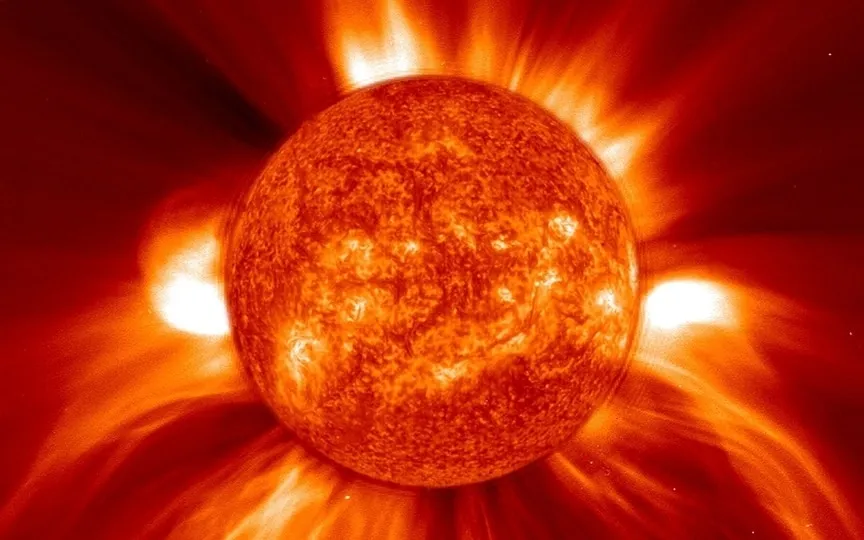Earth HIT by Solar Storm! CME Impact Causes Widespread Blackouts
In terms of alarming solar storms, the past 24 hours have been among the most severe since March 2023. This particular solar storm was initiated by a coronal mass ejection (CME) that was propelled towards the Earth’s vulnerable area on September 18. There were uncertainties regarding its impact on our planet, but not only did it strike Earth, it also arrived a day ahead of schedule. Additionally, Earth experienced multiple solar flare eruptions that resulted in significant radio disruptions. Gain a comprehensive understanding of the consequences of this solar storm.
According to a SpaceWeather.com report, “Earth’s magnetic field is still reverberating from a fast-moving CME strike on September 19. The CME’s arrival (a day earlier than expected) triggered a powerful G3 geomagnetic storm, with auroras stretching from France to the US West Coast. The report also noted, that the red aurora borealis, indicating the peak of the storm, were seen up to latitudes.
A terrifying solar storm hits the earth
In March, the Earth was hit by a G3 solar storm, which not only delayed the launch of the SpaceX rocket, but also forced the operation of Canadian oil rigs to stop due to an increase in static electricity in the surrounding environment. Such storms can cause more damage than usual. They can damage small satellites, affect cellular networks, GPS, the Internet, and even pose a threat to ground-based electronics and power grids.
The severity of this storm was so great that the aurora phenomenon was seen even in France, which is much further south than normal on Earth. It is not unusual to see the Northern Lights as far south as Oregon and Nebraska in the United States.
Know the GOES-16 satellite
GOES-16, formerly known as GOES-R before it reached geostationary orbit, is the first of the GOES-R geostationary operational environmental satellites operated by NASA and NOAA. It was launched on November 19, 2016 and became operational on December 18, 2017. GOES-16 is located in geostationary orbit over the Atlantic Ocean and provides continuous images and atmospheric measurements of the Earth’s Western Hemisphere. It also has a lightning mapper that can detect both cloud-to-cloud and cloud-to-ground lightning. GOES-16 is a vital tool for weather forecasting, climate monitoring, and space weather forecasting, including such storms.




